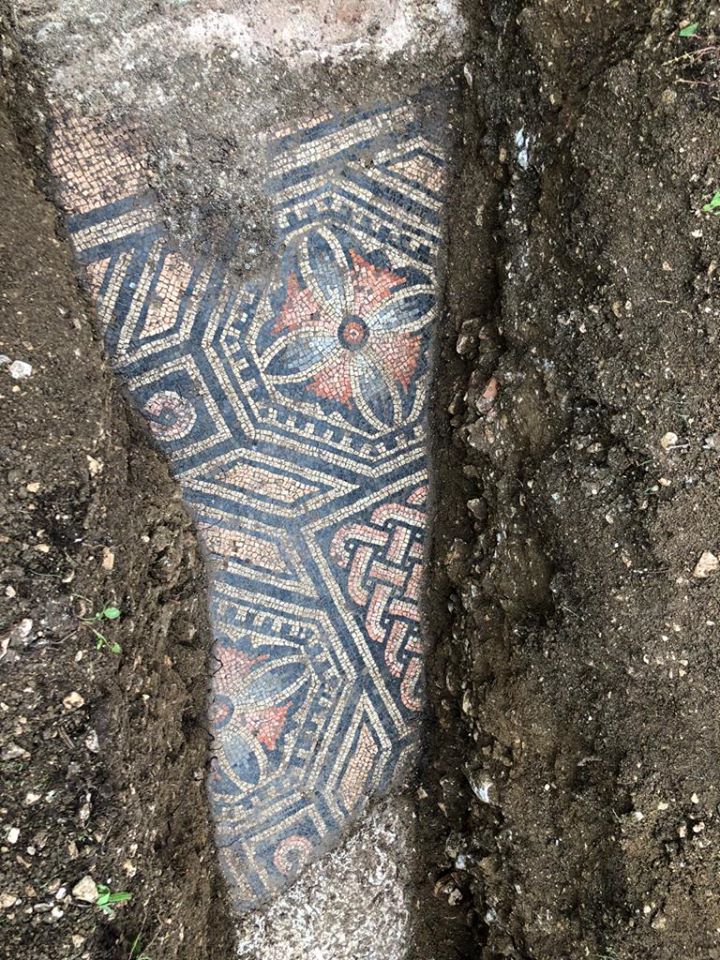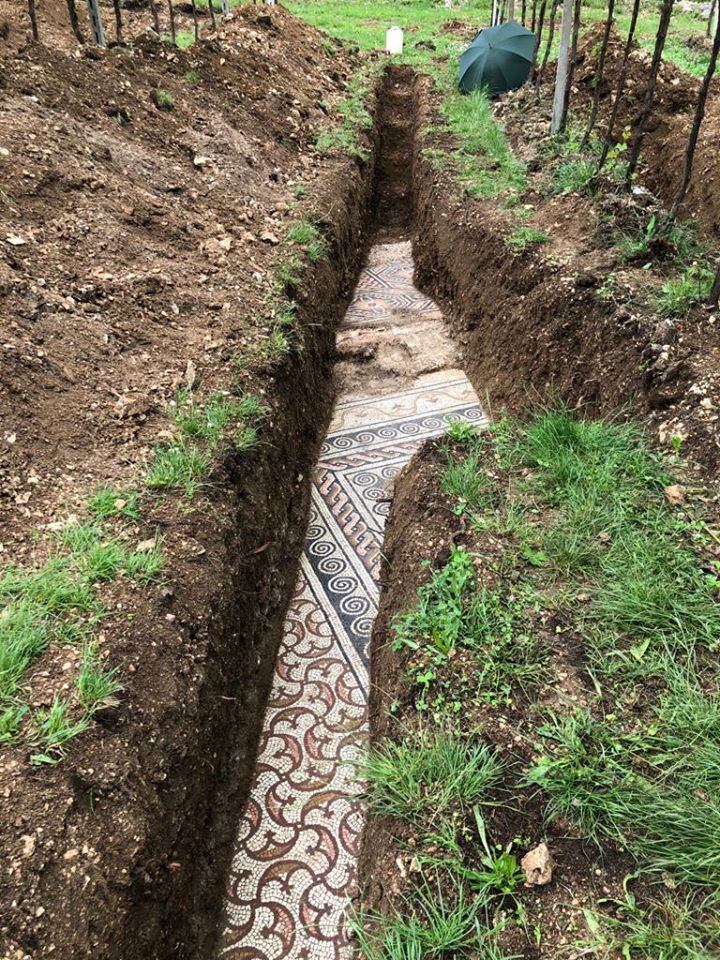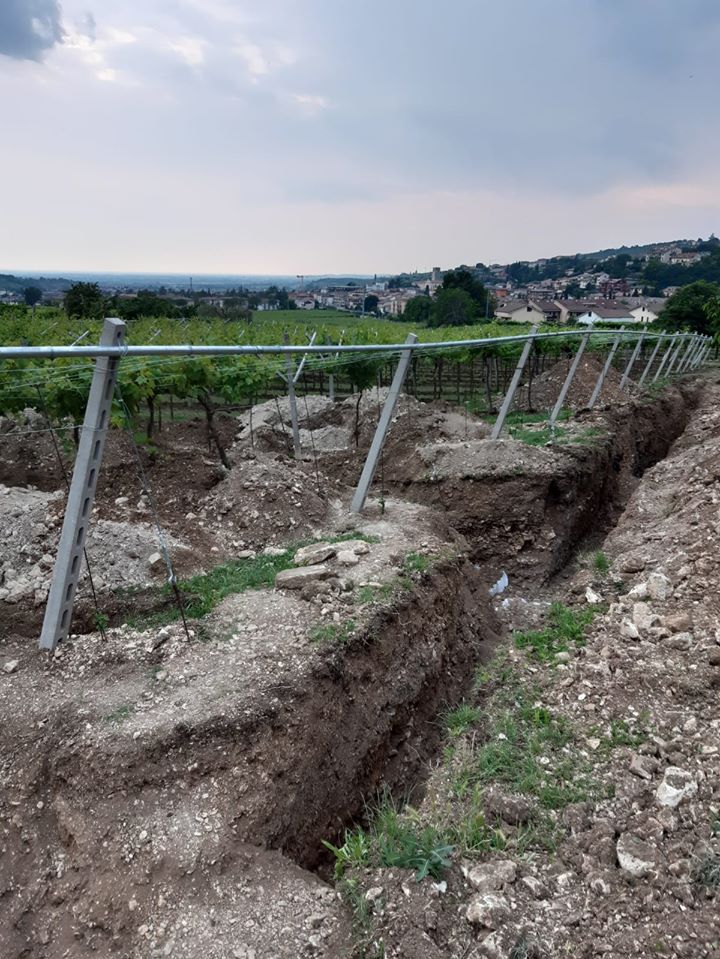Among the vineyards of Valpolicella, one of the oldest wine producing areas in Italy which extends over the hills north of Verona, a 2000-year-old mosaic came to light: it belonged to a Roman villa and it dates back to the first century after Christ. A team of archaeologists from Verona, announced that they discovered the extraordinary artefacts beneath Valpolicella’s vines in the town of Negrar after a long core-drill of the soil.
Mosaics with bright colours, thousands of tiles cleverly wedged together to create simply wonderful designs compose the discovered archaeological materials. The remains could be likely part of a rather large structure, probably a Roman “domus” or villa whose floors are still in an excellent state of preservation.

It is no coincidence that the area where the mosaic was found is known by the name of “Villa” that in Italian indicates the presence of a historical building. The area, which has a long-lived tradition of making esteemed red wines such as Valpolicella Ripasso DOC and Amarone della Valpolicella DOCG was in fact devoted to agricultural practices. It had been known though for its potential archeological calling for over a century but nobody, before now, had ever been able to locate the area and dig in the exact spot.
The Raeti, a pre-roman population that lived in the northern part of the Italian peninsula, cultivated vines and fermented grapes to make wine few centuries before the Christian era. According to some historians, the name Valpolicella might derive from the Latin words Vallis Poli Cellae, meaning valleys of many cellars.

The archeologists’ next step is completing analysis of the artefacts: it will take some time before the mosaic can be visible in its entirety, but the local authorities are confident they will complete the task. In the meantime, we may enjoy this fascinating and wonderful return to the past while sipping a glass of red-berried Valpolicella.
